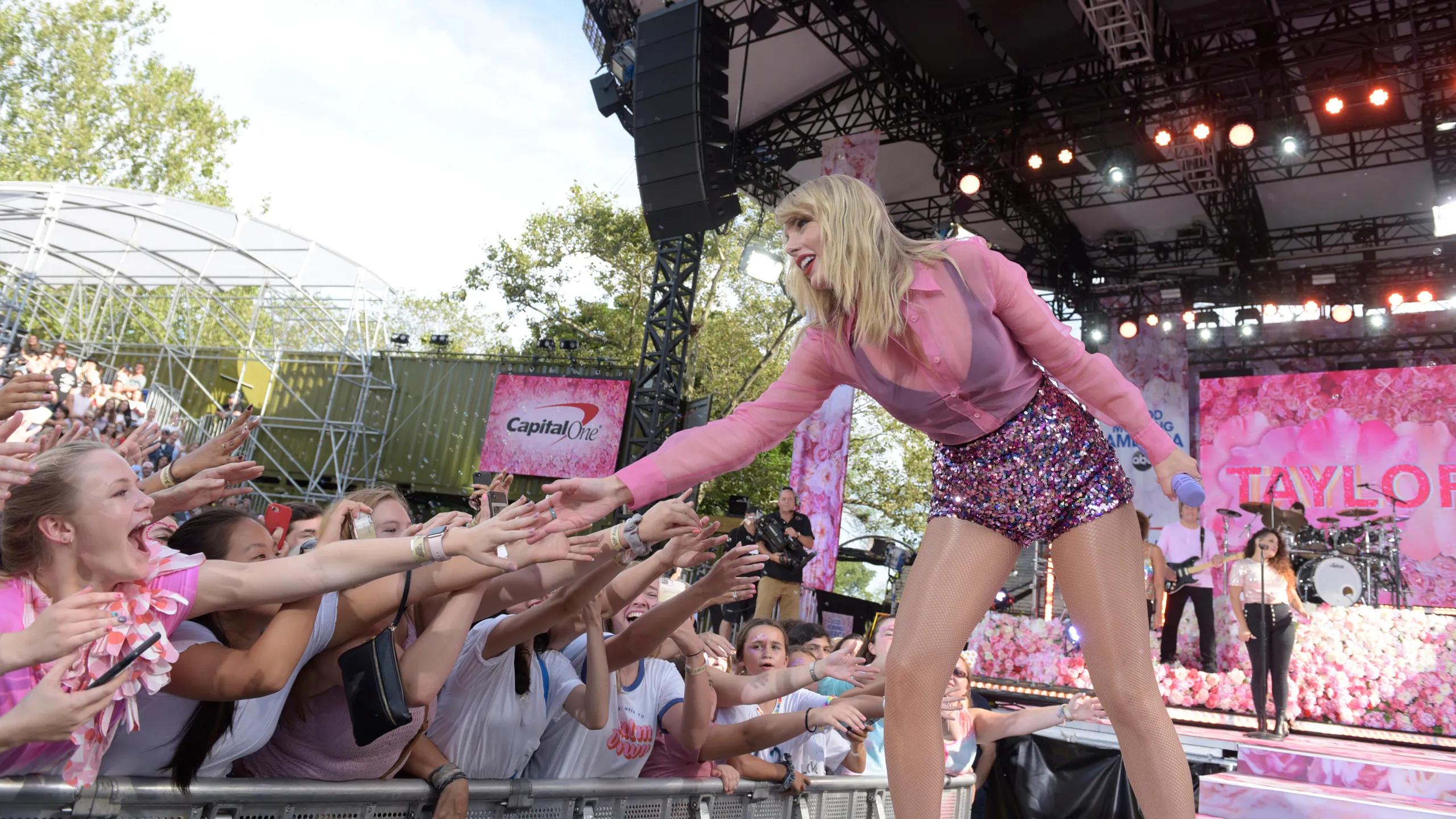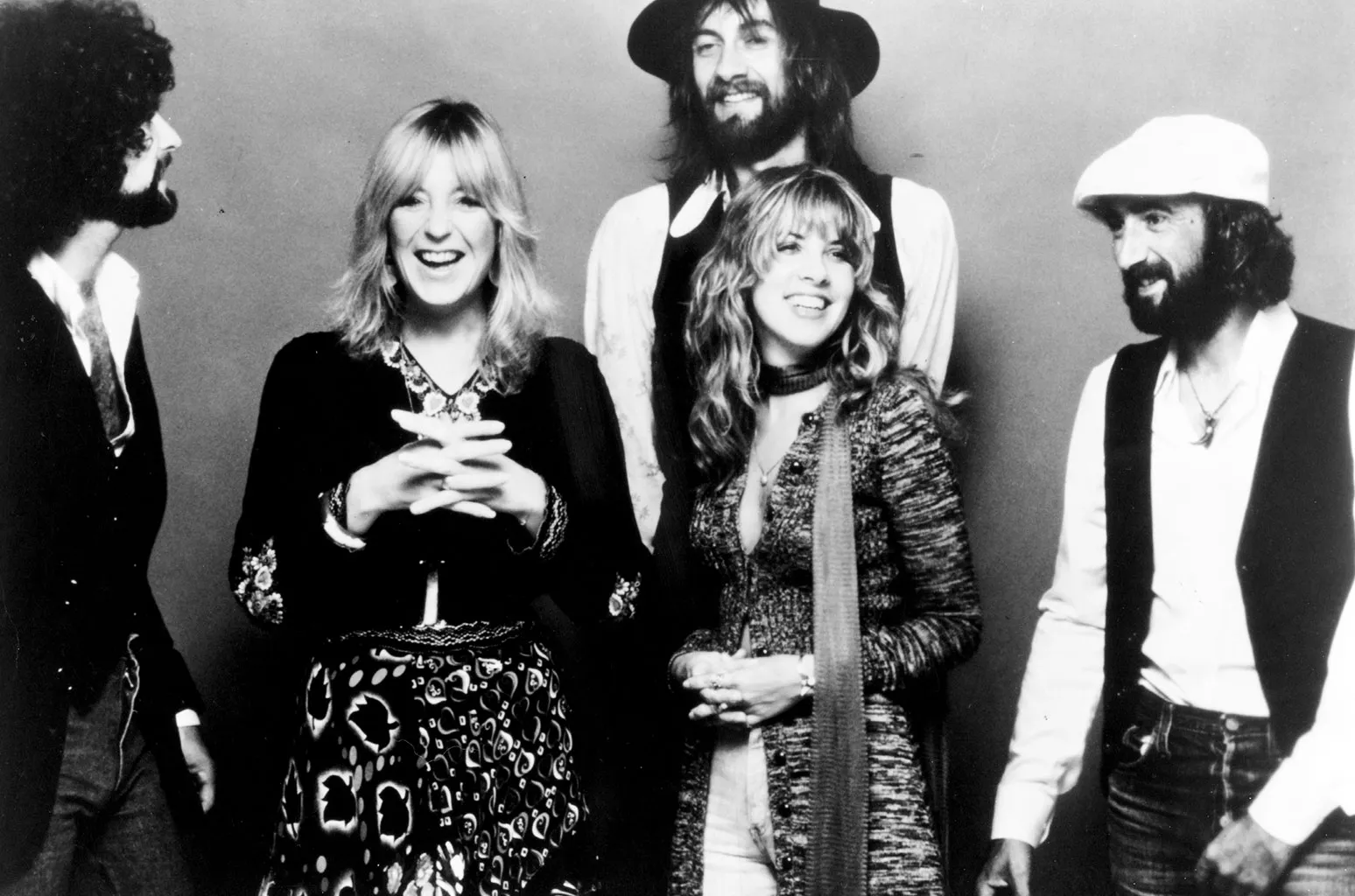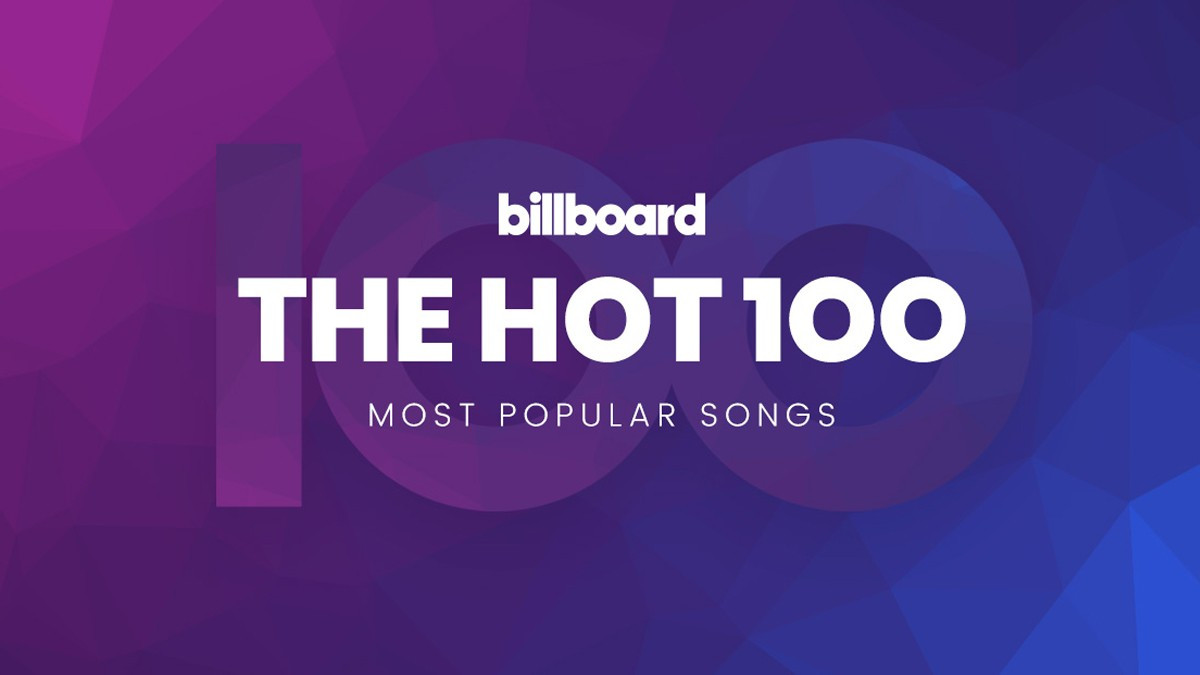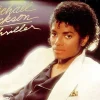In today’s digital age, social media plays a pivotal role in the music industry. Platforms like Twitter have revolutionized the way artists connect with fans and promote their music. One of the most powerful tools on Twitter is its trending feature, which highlights popular topics and discussions in real time. But how exactly do Twitter trends impact a song or an album’s chart success? The answer lies in engagement, virality, and the direct influence of social media on streaming numbers and sales. From fan-driven hashtags to viral challenges, Twitter trends can catapult a track to global recognition. Let’s explore how trending topics on Twitter shape the modern music terrain and contribute to an artist’s success on the charts.
1. Boosting Streaming Numbers Through Viral Trends
In the streaming era, chart success is closely tied to play counts on platforms like Spotify, Apple Music, and YouTube. Twitter trends amplify a song’s visibility, encouraging more people to stream it. When a track goes viral—thanks to a hashtag, challenge, or meme—it often translates into millions of additional streams.
For example, when a song becomes part of a Twitter challenge, such as a dance trend, users rush to streaming platforms to listen. This sudden surge in plays can propel a song up the Billboard Hot 100 or Spotify Global Chart. Moreover, Twitter’s algorithm helps sustain this momentum by showing trending music-related tweets to a broader audience. As a result, artists and labels often leverage Twitter trends to maximize their streaming numbers and chart performance.
2. Fan Engagement and Hashtag Campaigns
Dedicated fanbases play a crucial role in pushing songs to the top of the charts, and Twitter is their primary battleground. Artists with strong fan communities, like BTS’s ARMY or Taylor Swift’s Swifties, use hashtag campaigns to promote their favorite songs.
These fan-led efforts create a wave of tweets that can dominate Twitter’s trending section, drawing in casual listeners and industry attention. A well-coordinated campaign can lead to mass streaming events where thousands of fans listen to a track simultaneously, boosting its ranking on major charts. Additionally, Twitter trends often lead to media coverage, amplifying the song’s reach even further. Labels and artists now recognize the power of these campaigns and often encourage fan participation to maximize their chart success.

3. Influencing Radio Play and Media Coverage
While streaming is essential, radio airplay still plays a role in chart placements. Twitter trends can impact radio programmers’ decisions by signaling a song’s popularity and demand. If a track is trending worldwide, radio stations take notice and are more likely to add it to their rotation.
Music journalists and influencers also monitor Twitter trends for emerging hits. A trending song often becomes the focus of articles, blog posts, and even TV segments, further driving public interest. This increased exposure helps songs gain traction beyond digital platforms, reaching listeners who may not actively use streaming services. The ripple effect of a Twitter trend can turn an underground track into a mainstream hit, ensuring sustained success on various charts.

4. Reviving Older Songs Through Viral Moments
One of the most fascinating aspects of Twitter trends is their ability to breathe new life into older songs. A tweet, meme, or viral video featuring a throwback hit can send it skyrocketing back onto the charts years after its initial release.
For instance, Fleetwood Mac’s 1977 song Dreams saw a resurgence in 2020 after a viral TikTok video was shared widely on Twitter. This led to millions of new streams, radio plays, and even a return to the Billboard charts. The trend demonstrated that social media can reshape a song’s lifespan, making it relevant to new generations. Twitter trends have become an unpredictable but highly effective way for artists to experience renewed success, often without any promotional effort on their part.


